Chris pointed out that the wheels used on BT sidecars are the same as the bikes.I had advertised a '41 car with special wheel. Chris was right as usual --no special wheel.I believed the guy who sold it to me because he has owned over 50 knucks and flattys.Here is a '40 and later hub[IMG] [/IMG]
[/IMG]
 [/IMG]
[/IMG]
 [/IMG]
[/IMG]
 [/IMG]
[/IMG]
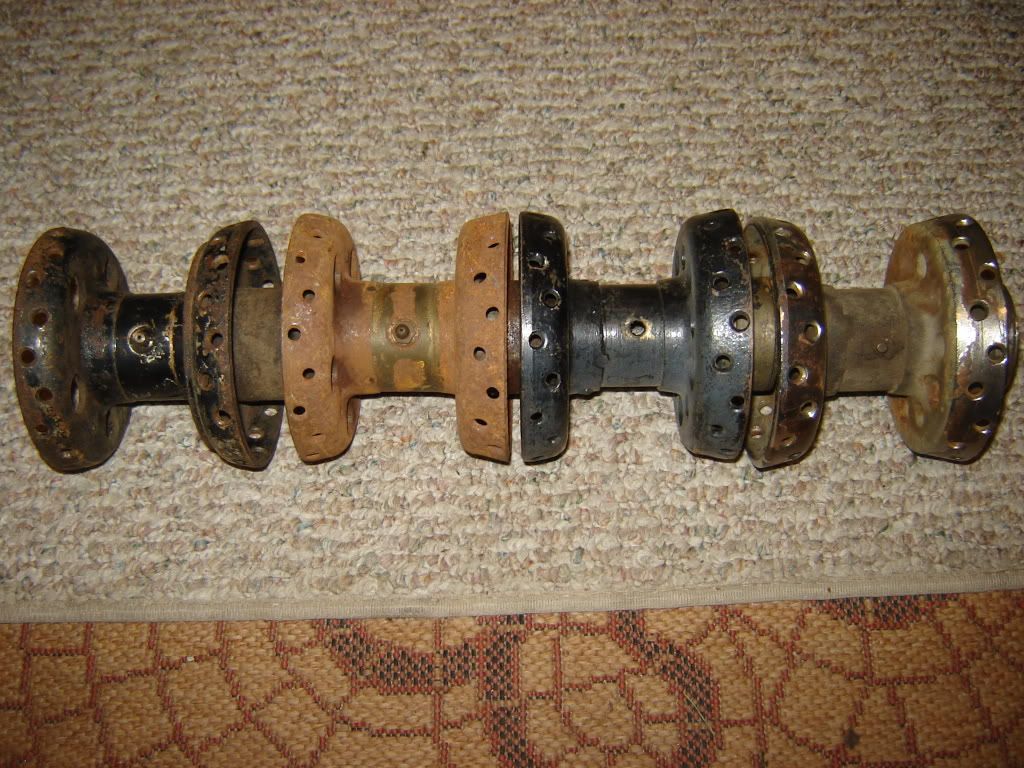
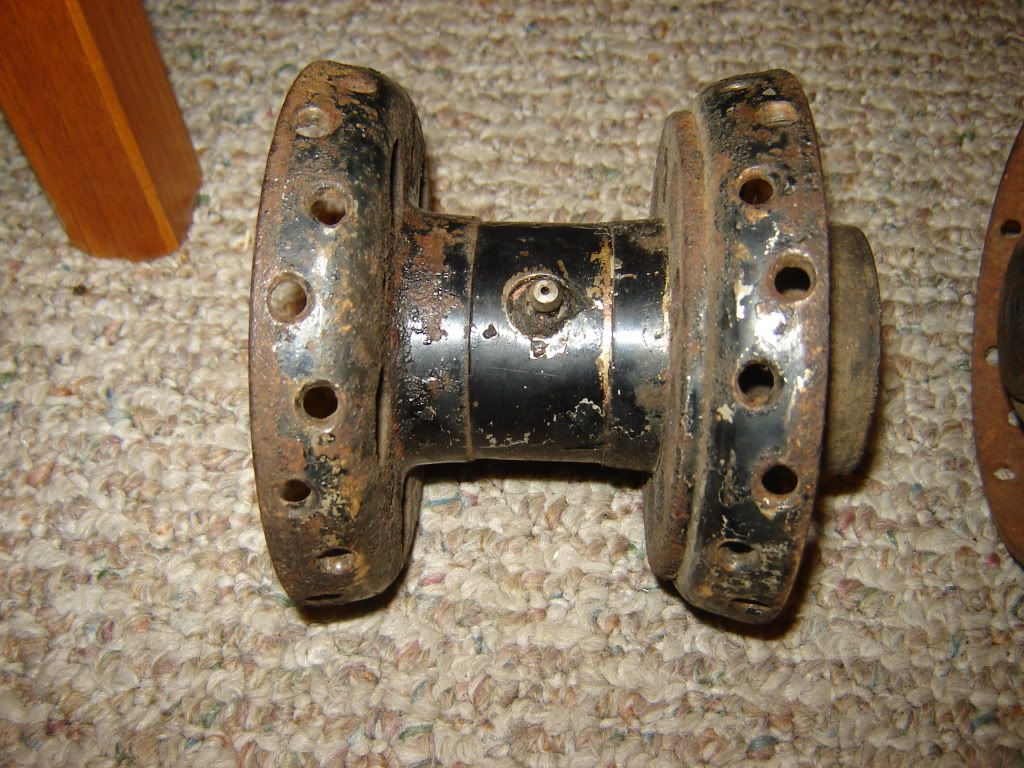

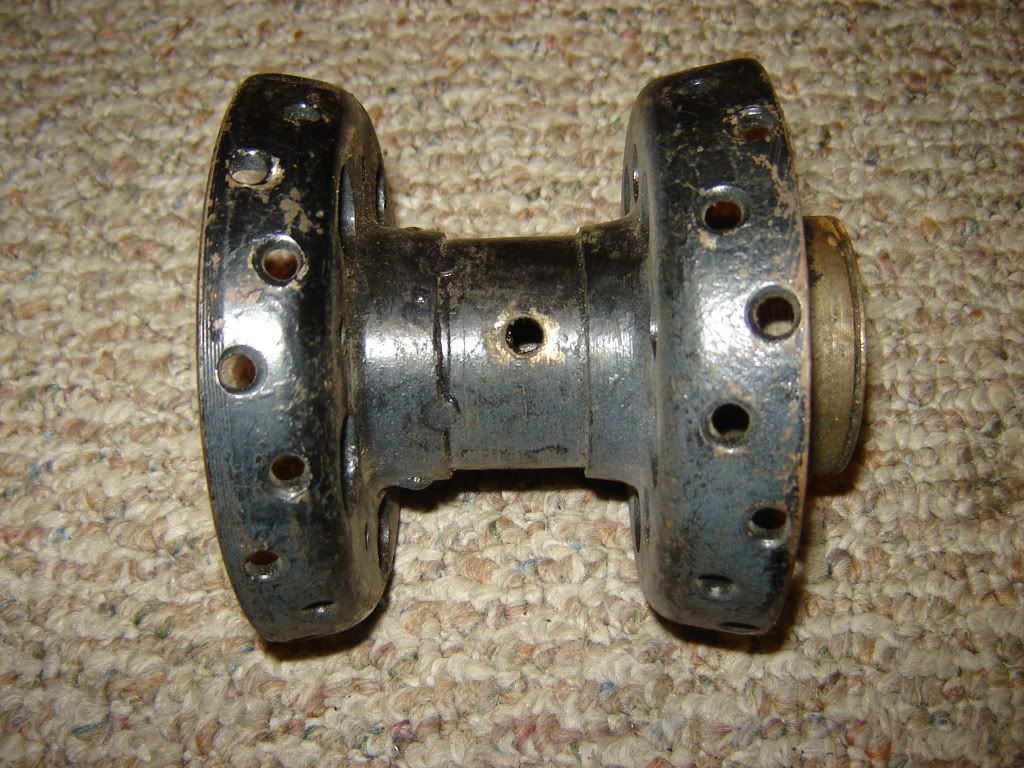

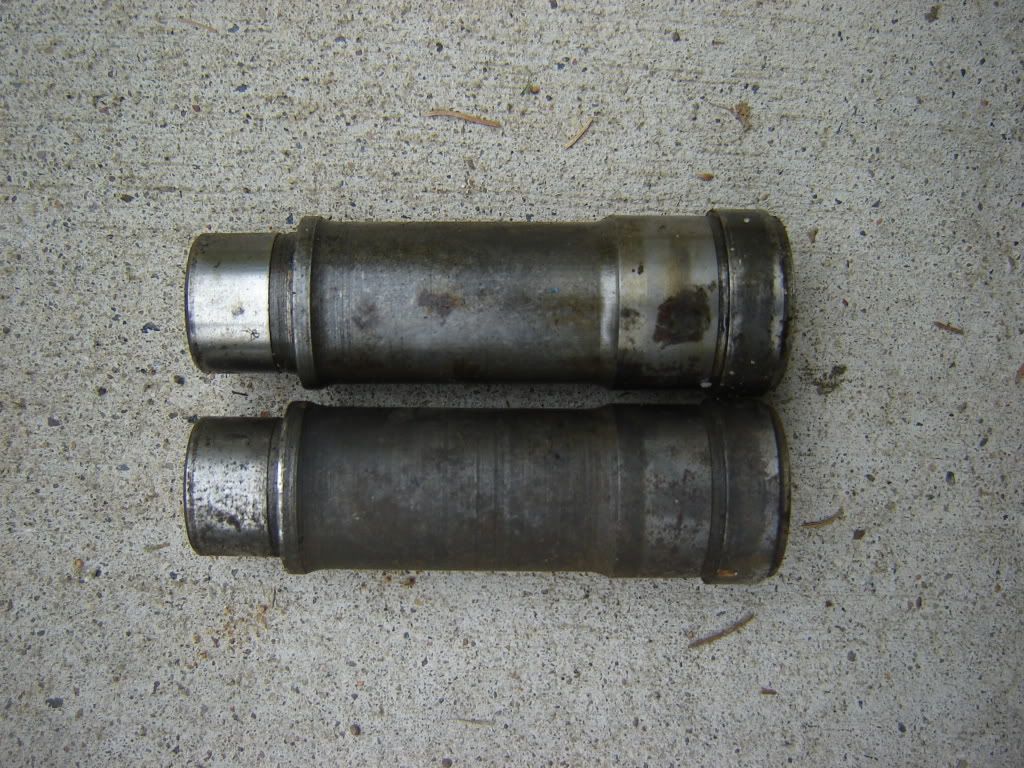
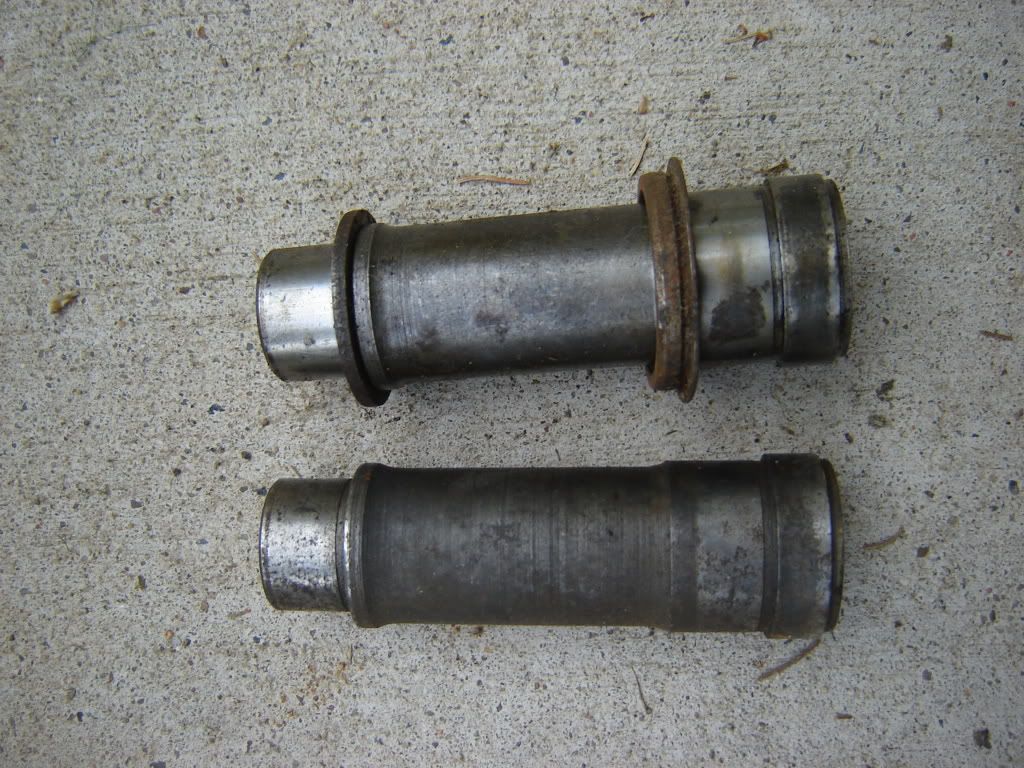
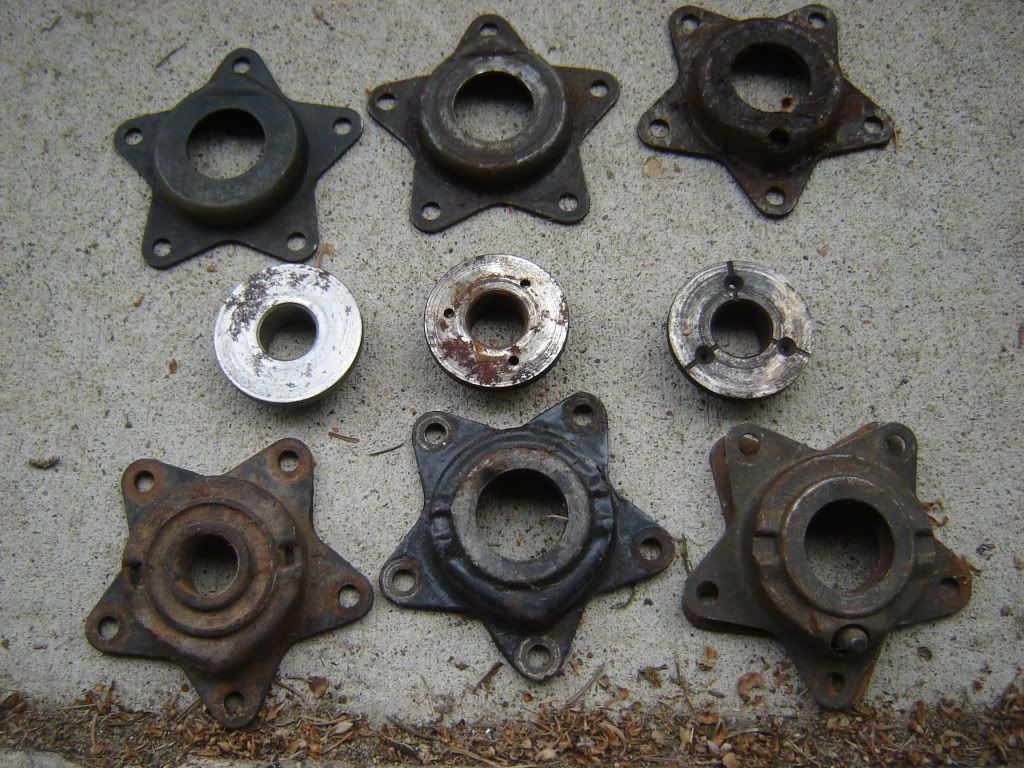
Comment